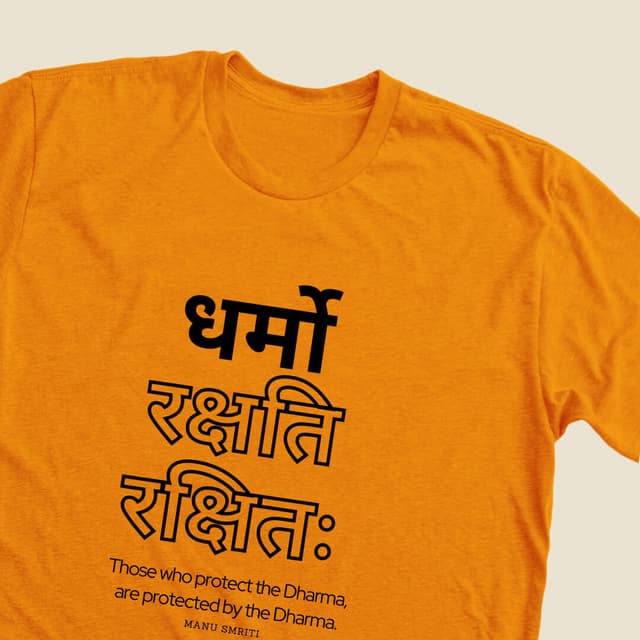Vastu Shastra
Vastu Shastra is a Vedanga, a branch of Sthapatya Veda, which in turn is a part of Yajur Veda. The body of Vastu knowledge is monumental with lakhs of shlokas, which were handed down to succeeding generations by word of mouth and through hand written monographs such as:* Manasara Silpa Shastra (by Manasara),* Mayamatam (by the Mayasuras), * Viswakarma Vaastushastra (by Viswakarma), * Samarangana Sutradara (by Raja Bhoja), * Aparajita Priccha (a dialogue between Viswakarma and his daughter Aparajita, written by Bhuvanadevacharya) Silparatna. * Other treatises such as Agni Purana and works by Kautilya and Sukracharya are not popular even though they preceded the above mentioned documents. There is a distinction of style based on the place of origin of the Text. Mayamatam and Mansara Silpa Shastra are considered Dravidian because they are from South India whereas Viswaskarama Vaastu Shastra is considered Aryan due to its North Indian origin. Vastu Shastra are the textual part of Vastu Vidya - the broader knowledge about architecture and design theories from ancient India.Vastu Vidya knowledge is a collection of ideas and concepts, with or without the support of layout diagrams, that are not rigid. Rather, these ideas and concepts are models for the organisation of space and form within a building or collection of buildings, based on their functions in relation to each other, their usage and the overall fabric of the Vastu. "Vastu is mainly based upon the eight directions and the five basic elements of nature. The Vastu directions are - North, North-West, North-East, South, South-West, South-East, West and East. These are combined with the five elements - earth, water, sky (space), fire and air.
Chapter Description Not Available
Help us improve by contributing the description for this chapter.
Submit via WhatsApp...




